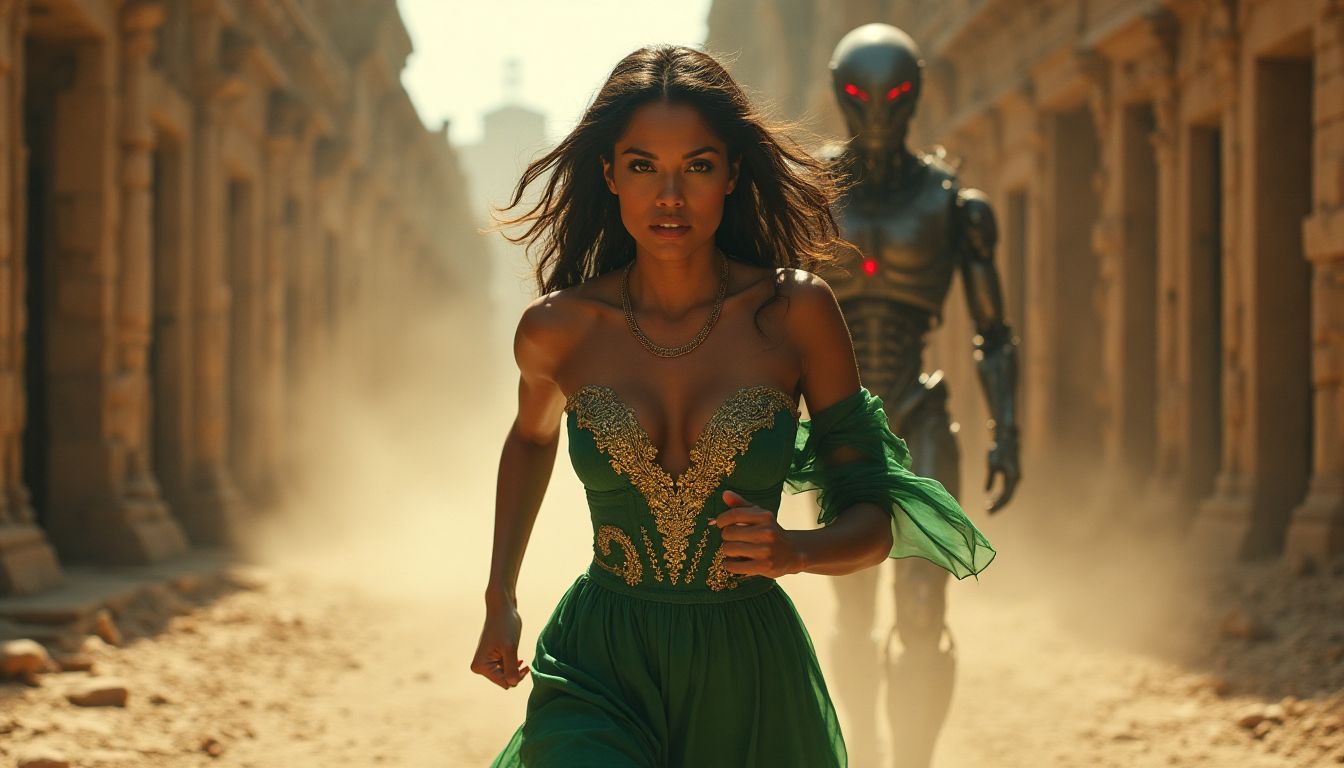In today’s fast-paced digital world, brands are shifting their strategies to think more like creators. This transformation is not just a trend; it's a movement that reflects how companies are adapting to the changing landscape of marketing and consumer engagement. Executives, such as Lisa McKnight and Jason Horowitz from Mattel, emphasize the importance of storytelling, innovation, and genuine connections with audiences. This evolution matters because brands can no longer rely solely on traditional advertising; they must engage in meaningful conversations that resonate with their consumers.
Consumers crave brands that feel relatable and transparent. When brands communicate authentically, they earn trust and loyalty. In essence, the way companies interact with their customers defines their brand identity. Consider this: over 70% of consumers now prefer brands that tell a compelling story over those that simply promote products. According to Kaya Yurieff, brands are becoming creators, leading to innovative marketing tactics that heighten emotional responses and enhance overall brand experiences.
Bringing Creativity to Branding
Let’s explore how big brands are adopting a creator mindset. Here are a few intriguing strategies:
- Personalization: Brands are customizing their products and marketing strategies based on consumer preferences, creating a unique experience for each individual.
- Storytelling: Companies are crafting narratives around their products, allowing consumers to connect emotionally.
- Community Building: Brands encourage connections among users by creating communities through social media platforms, fostering a sense of belonging.
Why This Matters
The core of this shift lies in understanding human psychology. When brands express themselves like creators, they tap into emotions such as hope, joy, and security. A great example is Mattel’s emphasis on inclusivity in their product lines and marketing campaigns. By promoting diversity and empowerment, they resonate deeply with consumers' values and aspirations.
Statistics show that emotional engagement is key—87% of consumers say they buy based on shared values, and 76% of them view brands as more trustworthy when they demonstrate purpose. Furthermore, this Creator Brand approach isn’t just about sales; it’s about establishing lasting relationships with customers.
Creativity in Action: Case Studies
To better illustrate this movement, let’s examine a few brands that are leading the charge:
1. Nike
Nike pioneered the concept of brand storytelling with their “Just Do It” campaign. This famous tagline goes beyond selling shoes—it's an invitation to join a lifestyle, promote self-empowerment, and pursue personal goals. For example, their collaboration with athletes struggles beautifully encapsulates the essence of pushing boundaries.
2. LEGO
LEGO capitalized on its community by launching initiatives allowing fans to create and share their designs. This approach values the creativity of consumers, making them feel like vital contributors to the brand’s legacy. The LEGO Ideas platform encourages collaboration and gives fans a stake in the brand's future.
3. Mattel
Mattel embraced a creator mindset by updating their branding strategy to reflect modern values. The introduction of diverse dolls within the Barbie line highlights representation and empowers young girls everywhere to see themselves in the toys they play with. This evolution aligns with broader societal trends toward inclusivity and equality, making it not just a marketing strategy but a cultural movement.
Pitfalls and Considerations
While embracing a creator mindset offers a plethora of benefits, it is not without challenges. Here’s a few things to keep in mind:
- Consistency: Brands must ensure that their creative efforts align with their core values and mission.
- Adaptability: As consumer preferences shift, brands must remain flexible to maintain relevance.
- Managing Expectations: Balancing consumer engagement with business goals can be tricky.
Time for Change
As the branding landscape evolves, big companies that understand and adapt will likely lead the way in shaping future consumer relationships. By employing creativity like leading creators and truly engaging their audiences, they can grade their success on more than just sales figures; they can measure lasting impact and emotional connections.
What can you do as consumers? Consider supporting brands that highlight creativity and social values. Ask yourself: do the brands I associate with reflect what I stand for? You are empowered to influence this growing creative marketplace.
Join the Conversation
Your thoughts matter! Are you inspired by brands that adopt a creator mindset? Do you feel a connection with brands when they share meaningful stories? Join the discussion in the comments below. Together, let’s foster a community that embraces creativity and innovation.
If you're interested in exploring these topics further, consider becoming a part of the iNthacity community, where you can learn, share, and grow in the “Shining City on the Web.” Join us and be part of this exciting journey.
For more insights into innovative marketing strategies, don’t forget to check out our recommended books on branding and creativity available on Amazon.
Wait! There's more...check out our gripping short story that continues the journey: The Catalyst Sphere
Disclaimer: This article may contain affiliate links. If you click on these links and make a purchase, we may receive a commission at no additional cost to you. Our recommendations and reviews are always independent and objective, aiming to provide you with the best information and resources.
Get Exclusive Stories, Photos, Art & Offers - Subscribe Today!

























Post Comment
You must be logged in to post a comment.